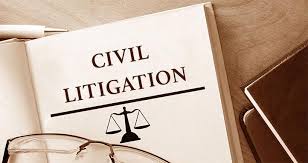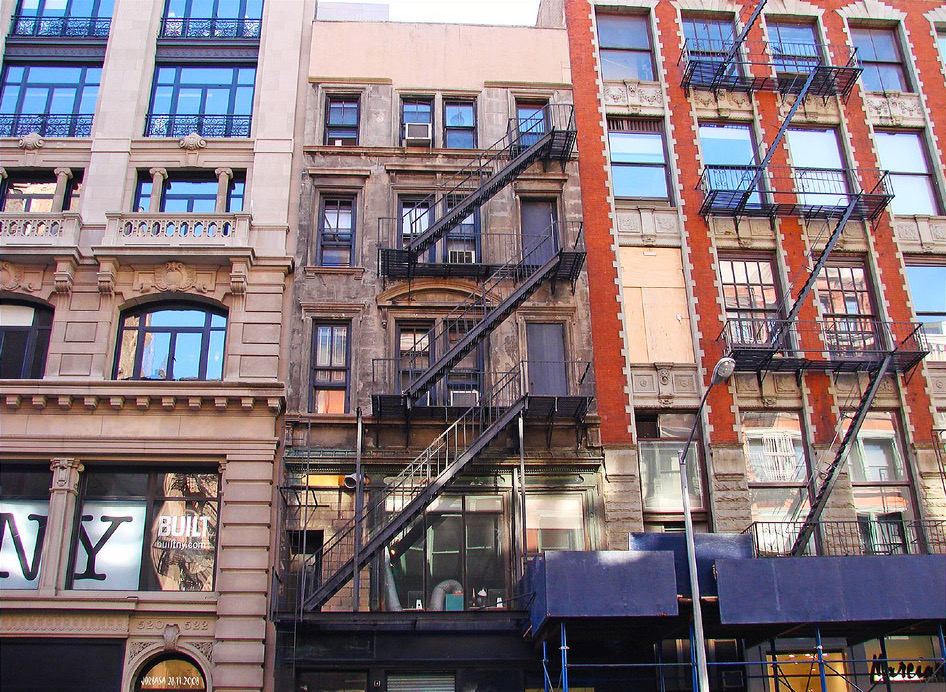Running a business is exciting, but it also means navigating a complex web of legal responsibilities. From forming your company to managing contracts and resolving disputes, business law shapes nearly every decision you make. Understanding the legal laws that govern your business is not just smart, it’s essential for long-term success.
Whether you’re a startup founder or a seasoned executive, partnering with an experienced business law firm in New York, like The LAW FIRM OF DAYREL SEWELL, PLLC, can make all the difference. Let’s explore why business law matters, how it protects your company, and why working with a skilled attorney ensures your peace of mind.
What Is Business Law?
Business law, also known as commercial law, governs how businesses form, operate, and interact with others. It includes rules and regulations that cover:
- Business formation and structure (LLCs, corporations, partnerships)
- Contract creation and enforcement
- Employment and labor relations
- Intellectual property protection
- Mergers, acquisitions, and dissolutions
- Business litigation and dispute resolution
In short, business law is the foundation that keeps companies legally compliant, fair, and protected in a competitive market. When you understand these legal laws for businesses, you minimize risks, avoid costly lawsuits, and ensure your company operates smoothly.
Why Should Businesses and Individuals Understand Business Law?
Ignorance of the law is never a defense, especially in the business world. Knowing the basics of business law helps entrepreneurs and professionals:
- Avoid disputes by creating legally sound contracts
- Comply with state and federal regulations
- Protect assets and intellectual property
- Handle employment matters ethically and legally
- Prevent litigation through proactive legal planning
Whether you’re signing your first client agreement or expanding internationally, a basic understanding of business law legal principles helps you make confident decisions and avoid preventable mistakes.

Source: American public university
Key Areas of Business Law That Impact Every Company
1. The Law of Contract in Business Law
Contracts are the lifeblood of every business relationship. The law of contract in business law governs how agreements are formed, interpreted, and enforced. A single poorly written contract can lead to disputes, loss, or even lawsuits.
A business law attorney ensures your contracts are clear, enforceable, and in your best interest, whether it’s an employment agreement, vendor contract, or service partnership.
2. Business Litigation and Dispute Resolution
Even the most careful businesses face disagreements. When that happens, you need a business litigation law firm that can protect your interests.
At The LAW FIRM OF DAYREL SEWELL, PLLC, our attorneys represent businesses in commercial disputes, contract breaches, partnership conflicts, and other complex litigation matters. We work strategically, aiming for cost-effective resolutions while remaining prepared to take legal action when necessary.
3. Corporate and Commercial Compliance
Every business in New York is required to comply with both state and federal regulations. From licensing requirements to tax obligations, compliance is non-negotiable.
A business law firm in New York, like LAW FIRM OF DAYREL SEWELL, PLLC, helps clients stay compliant, prepare corporate documents, and manage risk so you can focus on growth.
4. International Business Law and Global Expansion
In today’s global economy, many New York businesses engage with international partners or operate across borders. International business law governs cross-border contracts, trade compliance, intellectual property rights, and international disputes.
Understanding these laws, including how international environmental laws impact businesses, is essential for sustainable growth. The LAW FIRM OF DAYREL SEWELL, PLLC helps clients navigate global legal frameworks, ensuring compliance with both U.S. and foreign regulations.
5. Environmental and Sustainability Regulations
Environmental laws increasingly affect how companies operate, from waste management to emissions control. International environmental laws also impact multinational companies and supply chains.
Businesses that fail to comply face serious financial and reputational risks. A qualified business law lawyer can help ensure your operations meet environmental standards, protecting your brand and long-term success.
How a Business Law Attorney Protects Your Company
Hiring a business law attorney isn’t just about solving problems; it’s about preventing them. Here’s how an experienced legal partner supports your business at every stage:
- Startups: Choosing the right entity structure and drafting partnership agreements
- Growing Businesses: Reviewing contracts, protecting intellectual property, and managing employee relations
- Established Companies: Handling mergers, acquisitions, and litigation
- Global Operations: Advising on cross-border trade and compliance with international laws
At the LAW FIRM OF DAYREL SEWELL, PLLC, our firm believes that proactive legal planning is the key to business stability and growth.

Source: Berardi law office
Why Choose The LAW FIRM OF DAYREL SEWELL, PLLC?
When it comes to business law services, experience and dedication matter. The LAW FIRM OF DAYREL SEWELL, PLLC stands out for its:
- Deep knowledge of New York business law and regulations
- Proven litigation experience in both state and federal courts
- Personalized service tailored to each client’s needs
- Strategic, results-driven representation for businesses of all sizes
Our attorneys understand that every business is unique. Whether you’re drafting your first contract or defending your company in court, we deliver practical, cost-effective solutions with your goals in mind.
Conclusion:
Business law isn’t just about compliance; it’s about confidence. By understanding legal laws for businesses and partnering with a trusted business law firm, you ensure your company is legally protected and prepared for the future.
If you’re a business owner in New York or expanding internationally, don’t wait for a legal issue to arise. Contact The LAW FIRM OF DAYREL SEWELL, PLLC today to schedule a consultation with our experienced business law attorneys and safeguard your company’s success.
FAQs
What does a business law attorney do?
A business law attorney advises and represents clients in all areas of business operations — including contracts, compliance, disputes, and litigation.
Why is business law important for companies in New York?
New York has complex state and city regulations. Business law ensures compliance, minimizes risks, and protects companies from costly legal disputes.
Do you handle international business law matters?
Yes. The LAW FIRM OF DAYREL SEWELL, PLLC, advises clients on cross-border contracts, intellectual property protection, and global compliance.
What are common types of business litigation cases?
They include contract breaches, partnership disputes, shareholder conflicts, and employment-related claims.
How can I contact your firm for business law services?
Visit sewellnylaw.com or call the LAW FIRM OF DAYREL SEWELL, PLLC to schedule a consultation with our business law team.









